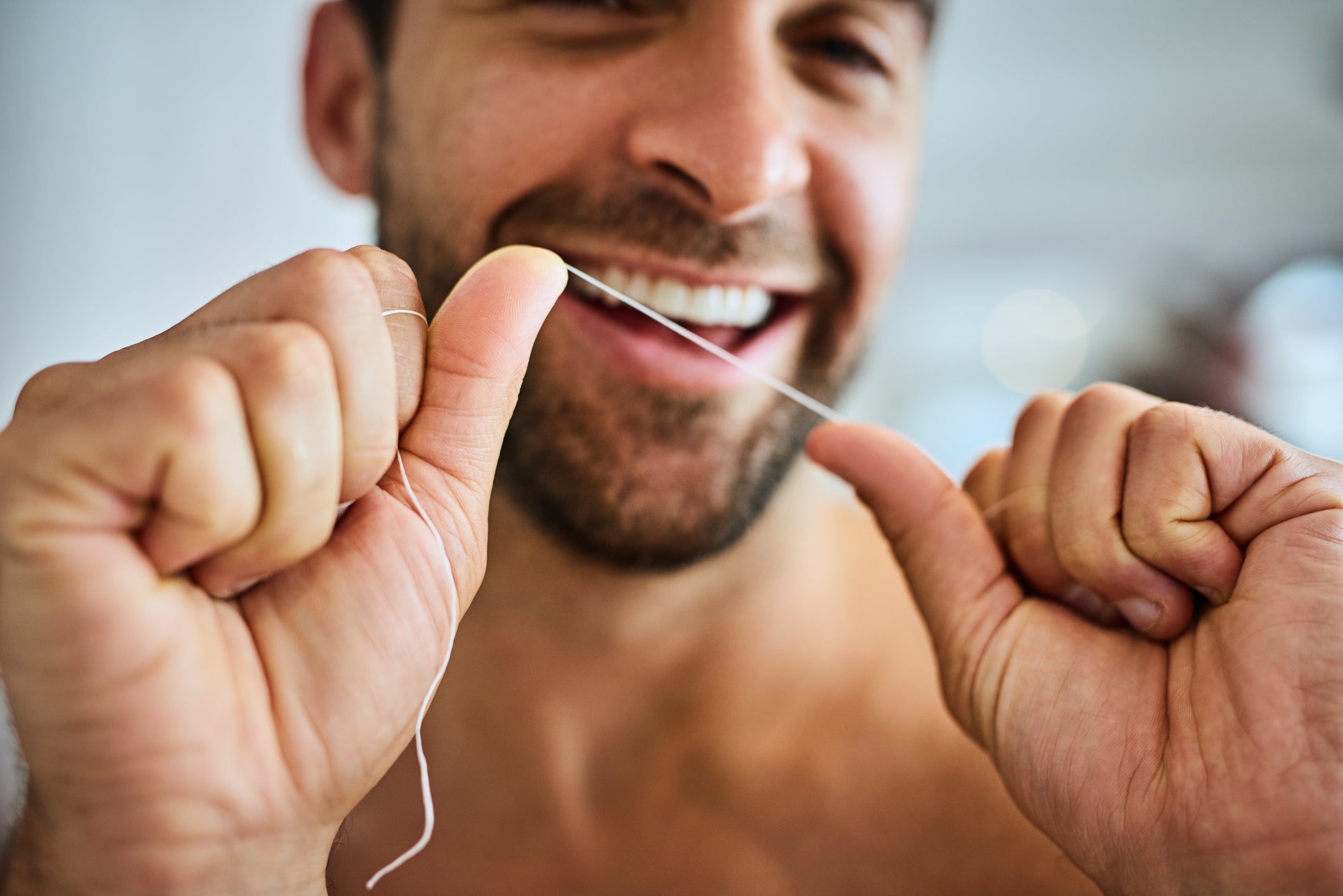Why Flossing is Important to Your Dental Health


While seven out of 10 Americans brush their teeth at least twice a day—the amount recommended by the American Dental Association—only 30 percent of the population flosses every day. This makes it clear that people prioritize brushing, but they’re more inclined to write off flossing. Here’s why you shouldn’t skip this important part of your oral care routine.
Flossing Removes Plaque
Plaque is a soft, sticky substance that forms on your teeth after you eat. Within just a few hours, it starts to solidify into tartar, a hard substance that forms along the gum line. Skipping a few days of flossing gives plaque all the time it needs to stick firmly to your teeth. By then, the dark-colored tartar can only be removed by a dentist using special tooth-scraping tools.
Thanks to floss, you can get into hard-to-reach places between the teeth and under the gum line, scraping away plaque before it hardens into cavity-causing, tooth-staining tartar!
Flossing Promotes Healthy Gums
Perhaps you intentionally avoid flossing because it makes your gums bleed. It may seem counterintuitive, but flossing actually strengthens your gums to reduce bleeding.
Scraping plaque out from below the gum line also helps prevent gingivitis, an infection characterized by red, swollen gums. Gingivitis is the first stage of gum disease, or periodontal disease, which can lead to tooth loss if it’s left untreated for long enough.
Flossing Makes Your Whole Body Healthier
Cavities and gum disease affect other parts of your body more than you might realize. The bacteria that thrive in an unhealthy mouth can lead to heart disease, respiratory illness, and diabetes. It could even increase your risk of having a stroke.
Therefore, just a few minutes of flossing each day with a low-cost product could have incredibly beneficial implications for your overall health.
Flossing Fights Cavities
A cavity can develop anywhere tooth decay occurs, including in between two teeth and under the gum line. Prevent bacteria from building up here with the simple act of flossing. It could save you the discomfort and cost of a root canal!
Proper Flossing Technique
If you use traditional floss, wrap the ends of an 18-inch piece around your forefingers, and gently slide it between each tooth. Curve around one tooth, and then the other, rubbing up and down to scrape away floss and stimulate the gums. Avoid a sawing motion, which can harm your gums. If traditional floss is uncomfortable, you can also use floss picks or a water flosser.
Clearly, flossing is a simple step you can take to keep your mouth healthier. Of course, it can’t replace professional dental cleanings, which should take place every six months or as recommended by your dentist. Park 56 Dental is here to help you take good care of your smile. We provide general dentistry as well as smile restoration services. Visit us for the dental care you need today!
For more dental health tips, or to schedule an appointment, please contact us at (212) 826-2322.
RECENT POSTS
categories
- Uncategorized
- Cosmetic Dentistry
- Veneers
- Healthier Teeth
- Teeth Whitening
- Dental Health
- Video
- Dental Emergencies
- Invisalign
- Dental Implants
- Root Canal
- Sedation Dentistry
- Infographic
- Dental Crowns and Bridges
- Dental Anxiety
- Gum Disease
- COVID-19
- Bad Breath
- New York Dentist
- Cut out sugar
- General Dentistry
- Oral Health
- Oral Cancer
- Dry Mouth
- Gum Health
- Toothache
- Dental Sealants
- Cavities



